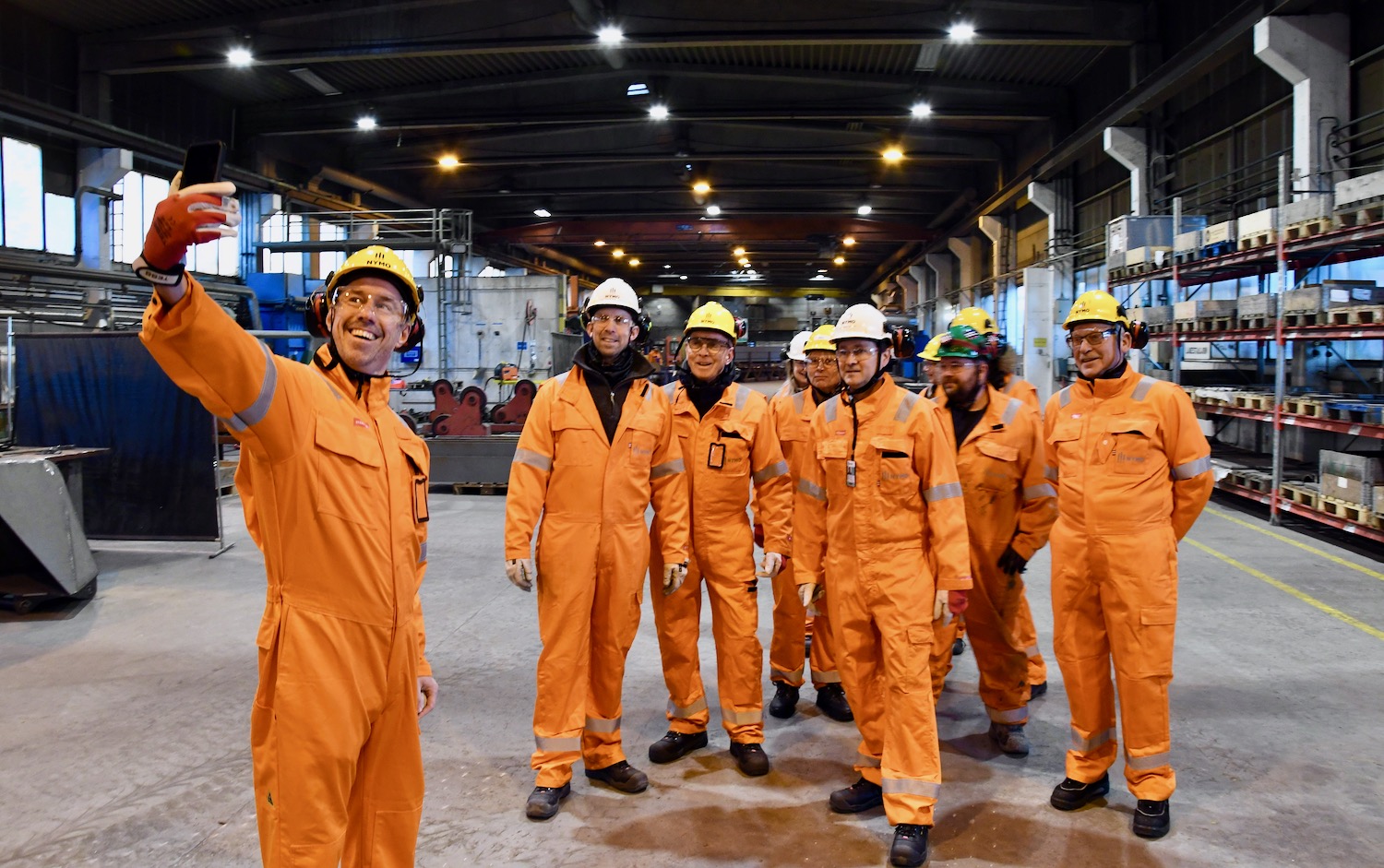– The media paints a picture of a huge industrial crises but the truth of the matter is that the oil and gas industry is coming down from an all-time high to a high level. Yes, investments will go down on the Continental Shelf in 2015, from a historically high level to a 2012 level, says Anne-Grete Ellingsen, CEO of GCE NODE.
– It is important to differentiate between what Statoil is doing in the North Sea and the rest of the global energy markets. Statoil have had a period with very high investments in drilling and new projects and at the same time, they want to pay high dividend to their shareholders. This gives a very tight cash situation, which leads to postponement of projects, says Ellingsen.
She thinks most NODE-companies have had a healthy approach to the boom in recent years. They are now able to scale down operations by terminating short-term laborers, says Ellingsen. Most of the NODE companies are suppliers to the global market and have an order book for deliveries.
Ellingsen follows the development in oil prices closely.
– The two big questions now are whether the US can continue to produce high volumes of shale oil at high cost, and how long OPEC countries are able to live with oil prices well below the level several OPEC members need to balance their national budgets, says Ellingsen.
Lower prices represents an opportunity – and a necessity – for the industry to think differently and implement new technology. Suppliers have new, cost cutting solutions that oil companies are hesitant to make use of.
– Now is a perfect time. It is also time for a closer customer-supplier cooperation to reduce costs even more and rebuild the North Sea as a laboratory for innovative cost effective technical solutions. This will be beneficial both for the North Sea and the Norwegian-based supply industry – as well as exporters of products from Norway to the global market, says Ellingsen.



